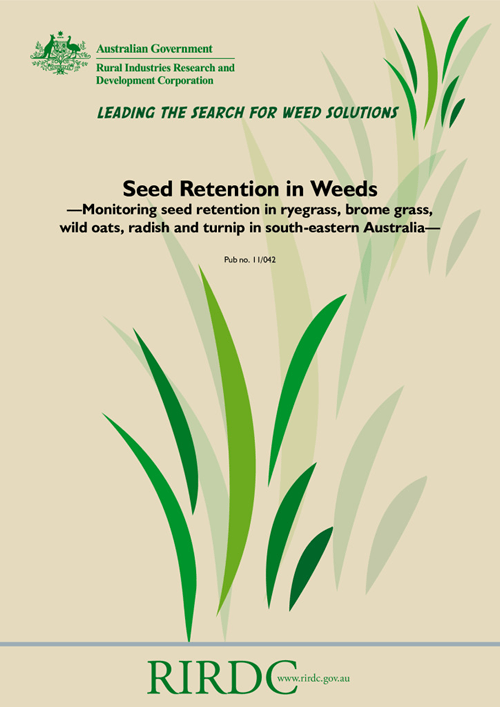Managing herbicide-resistant weeds imposes a major constraint on broad-acre crop production in Australia. Common weeds such as annual ryegrass, brome grass, wild oats, and wild turnip and radish exhibit varying levels of resistance to a range of herbicides with differing modes of action. Alternatives to chemical use are being investigated in order to reduce reliance on herbicides for effective control. One such practice involves collecting seed in chaff and straw at harvest and ensuring that the seed is either destroyed during the harvesting process (using a new method of grinding, thereby destroying the seed) or collection of the harvested material, including the weed seeds, behind the header and carting it out of the paddock (either as bales or in bins).
Seed collection during harvest will work only if most of the plants remain in an upright position so the seed can be collected by the harvester; if the seed is shed before harvest this technique will be ineffective in reducing the weed population. A survey of weed seed shedding and retention was conducted during the 2009 harvest period in 17 paddocks in south-eastern Australia (in South Australia, Victoria and southern New South Wales). The paddocks were cropped to either wheat or barley and were chosen in view of the presence of one of the weeds just listed.





